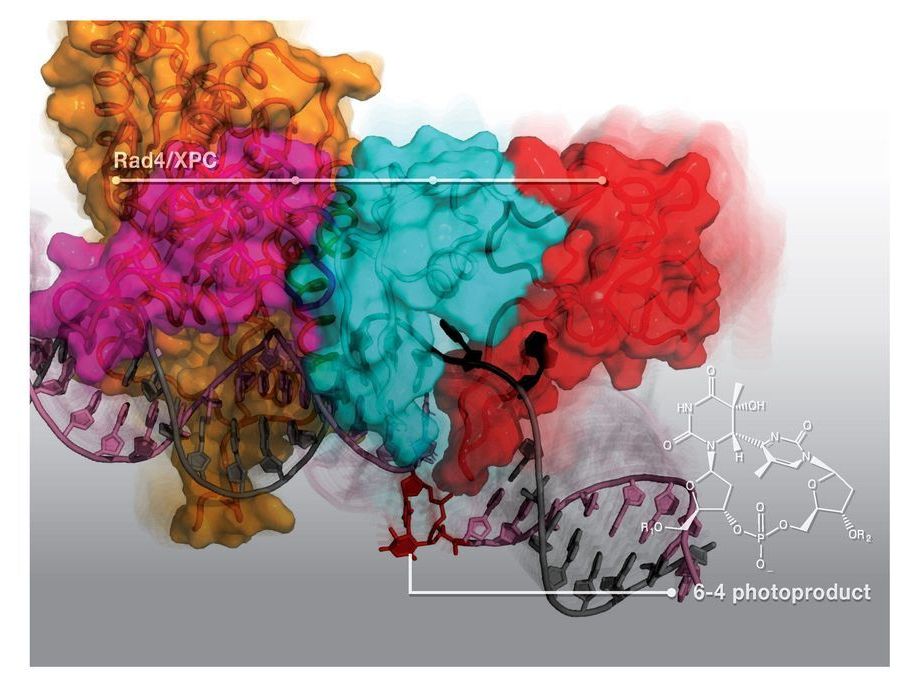A team led by a Baylor University researcher has published a breakthrough article that provides a better understanding of the dynamic process by which sunlight-induced DNA damage is recognized by the molecular repair machinery in cells as needing repair.
Ultraviolet light from the sun is a ubiquitous carcinogen that can inflict structural damage to the cellular DNAs DNA carries important blueprints for cellular functions, failure in removing and restoring damaged parts of DNA in a timely fashion can have detrimental outcomes and lead to skin cancers in humans, said lead author Jung-Hyun Min, Ph.D., associate professor of chemistry and biochemistry in Baylor’s College of Arts & Sciences.
Min and her team showed how the repair protein Rad4/XPC would bind to one such UV-induced DNA damage—6–4 photoproduct—to mark the damaged site along the DNA in preparation for the rest of the nucleotide excision repair (NER) process in cells.










Comments are closed.